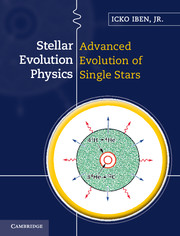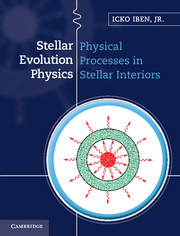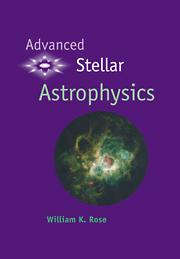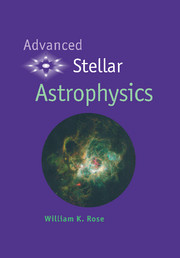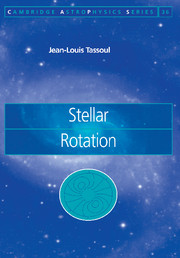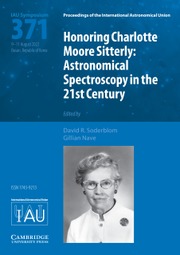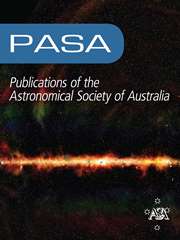Stellar Evolution Physics
This volume explains the microscopic physics operating in stars in advanced stages of their evolution and describes with many numerical examples and illustrations how they respond to this microphysics. Models of low and intermediate mass are evolved through the core helium-burning phase, the asymptotic giant branch phase (alternating shell hydrogen and helium burning) and through the final cooling white dwarf phase. A massive model is carried from the core helium-burning phase through core and shell carbon-burning phases. Gravothermal responses to nuclear reaction-induced transformations and energy loss from the surface are described in detail. Written for senior graduate students and researchers who have mastered the principles of stellar evolution, as developed in the first volume of Stellar Evolution Physics, sufficient attention is paid to how numerical solutions are obtained to enable the reader to engage in model construction on a professional level.
- Provides the most in-depth treatment of microscopic input physics and the macroscopic responses, emphasizing the interplay between them
- Instils an appreciation of how a star responds gravothermally to nuclear reaction-induced transformations and energy loss from the surface
- Emphasizes methods for obtaining numerical solutions enabling the reader to construct their own stellar evolutionary models
- Over 300 illustrations describe in detail the structural characteristics and the physical processes occurring in stellar models for evolved stars
Product details
November 2012Adobe eBook Reader
9781139786409
0 pages
0kg
313 b/w illus. 31 tables
This ISBN is for an eBook version which is distributed on our behalf by a third party.
Table of Contents
- Volume 2: Part IV. Transport Processes, Weak Interaction Processes and Helium-Burning Reactions:
- 12. Diffusion and gravitational settling
- 13. Heat conduction by electrons
- 14. Beta decay and electron capture at high densities in stars
- 15. The current-current weak interaction and the production of neutrino-antineutrino pairs
- 16. Helium-burning nuclear reactions and energy-generation rates
- Part V. Evolution during Helium-Burning Phases:
- 17. Evolution of a low mass model burning helium and hydrogen
- 18. Evolution of an intermediate mass model burning helium and hydrogen
- 19. Neutron production and neutron capture in a thermally pulsing asymptotic giant branch star of intermediate mass
- 20. Evolution of a massive population I model during helium- and carbon-burning stages
- Part VI. Terminal Evolution of Low and Intermediate Mass Stars:
- 21. Wind mass loss on the AGB and formation of a circumstellar envelope, evolution of the remnant as the central star of a planetary nebula, and white dwarf evolution
- Index.

